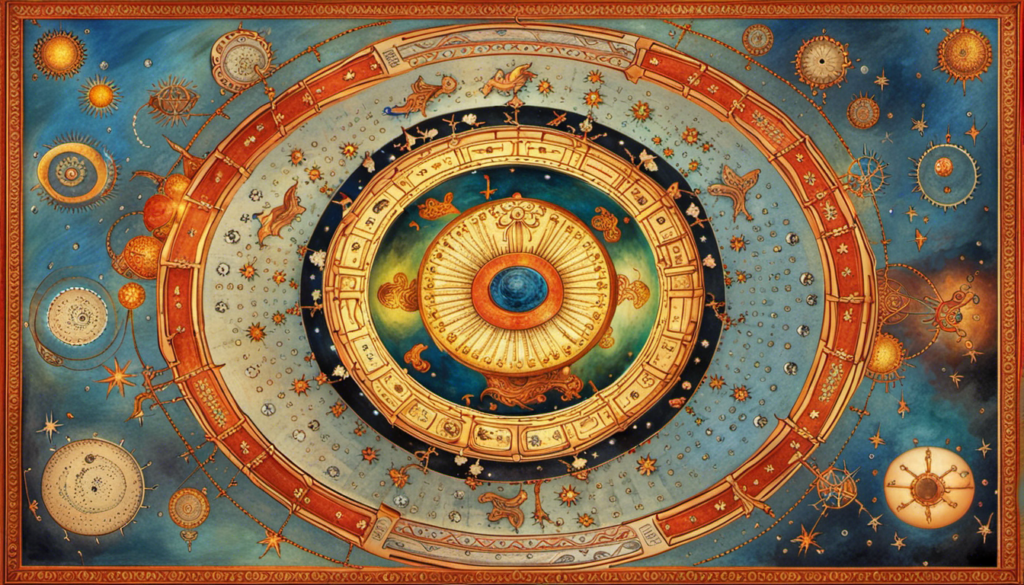Definition of Gulika in Astrology
Gulika, also known as Mandi or Maandi, is an essential astrological concept in Vedic astrology. It is considered a shadow planet, similar to Rahu and Ketu, and holds significant influence over various aspects of a person’s life. Gulika is believed to represent the negative aspects of Saturn and is associated with obstacles, delays, and challenges.
Key Points About Gulika
- Shadow planet similar to Rahu and Ketu
- Represents negative aspects of Saturn
- Associated with obstacles, delays, and challenges
Importance of Gulika in Astrology
Gulika plays a crucial role in astrology as it provides insights into the karmic influences and challenges that individuals may face in their lives. Its placement in different houses of the birth chart can indicate specific areas of life where one may encounter difficulties or experience setbacks. Understanding Gulika’s significance can help individuals navigate these challenges and make informed decisions to mitigate its negative effects. For an in-depth understanding of astrology, you can refer to our article on What is Astrology.
Factors Influenced by Gulika
- Karmic influences
- Life challenges
- Individual setbacks
Historical Background of Gulika
Origins of Gulika in Ancient Astrology
The concept of Gulika can be traced back to ancient Indian astrology texts, such as Brihat Parashara Hora Shastra. It is believed to have been introduced by the sage Parashara, who is considered one of the pioneers of Vedic astrology.
Evolution of Gulika’s Significance Over Time
Over the centuries, the significance of Gulika has evolved and gained prominence in astrological interpretations. Initially, Gulika was primarily associated with malefic influences and considered a harbinger of misfortune. However, as astrology evolved, its role expanded to include insights into karmic patterns, past life influences, and the potential for spiritual growth.
Calculation and Placement of Gulika
Method of Calculating Gulika in a Birth Chart
Gulika is calculated based on the position of Saturn in the birth chart. It is determined by adding the longitudes of Saturn and Rahu and subtracting the longitude of Sun from the sum. The resulting value is then adjusted to fall within the range of 0 to 30 degrees to determine the exact placement of Gulika in a specific house.
Significance of Gulika’s Placement in Different Houses
The placement of Gulika in different houses of the birth chart can provide valuable insights into the challenges and opportunities that individuals may encounter in various areas of life. For example, Gulika in the first house may indicate struggles with self-expression and identity, while Gulika in the seventh house may suggest challenges in relationships and partnerships.
Table: Effects of Gulika in Different Houses
| House Number | Effect of Gulika |
|---|---|
| 1st House | Struggles with self-expression and identity |
| 2nd House | Financial challenges and difficulties in accumulating wealth |
| 7th House | Challenges in relationships and partnerships |

Hi! I’m Jason Soul, an astrology enthusiast who created a website to share my passion for the stars. Through daily horoscopes and personalized readings, I strive to connect others with the cosmic patterns that influence our lives.
